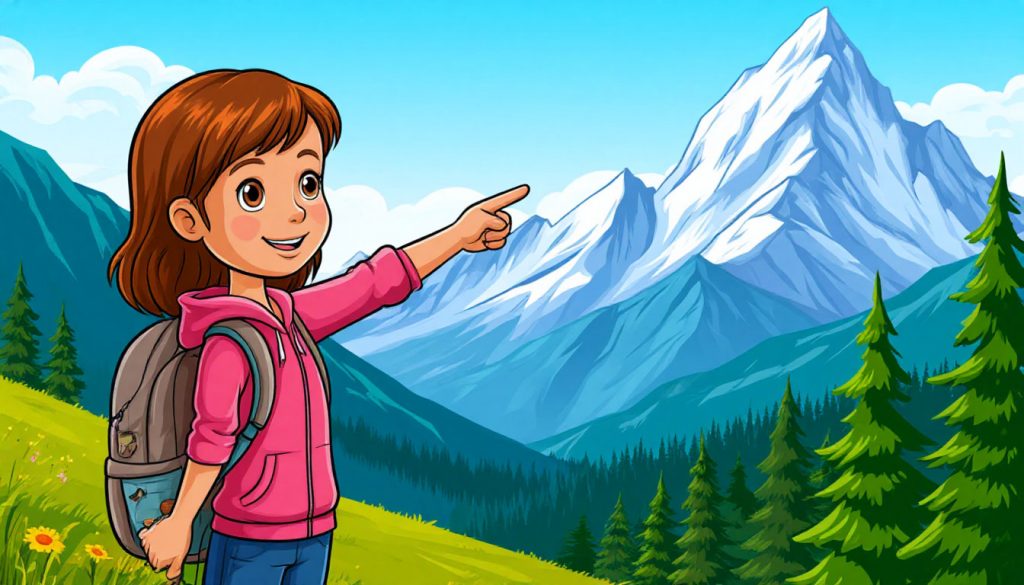Mountains are some of the most awe-inspiring features on Earth — towering landforms that shape climate, influence ecosystems, and often serve as natural borders. But how do mountains actually form? The answer lies deep beneath our feet, in the powerful forces that shape the Earth’s crust over millions of years.
The Earth’s Structure and Plate Tectonics
The outer shell of the Earth, known as the lithosphere, is broken into several tectonic plates that float atop the semi-fluid asthenosphere. These plates are constantly moving — slowly but powerfully. When they interact at their boundaries, the intense pressure and motion can cause land to rise, fold, and crumple, eventually forming mountains.
There are three major types of mountains, each formed by different tectonic processes.
1. Fold Mountains
Fold mountains are the most common type and include famous ranges like the Himalayas, Alps, and Andes. They form when two continental plates collide, forcing layers of rock to bend and fold upward.
Example: The Himalayas continue to rise today as the Indian Plate pushes into the Eurasian Plate.
2. Fault-Block Mountains
These mountains form when large blocks of the Earth’s crust break and are uplifted along faults (cracks in the crust). One side may rise while the other sinks, creating dramatic cliffs and peaks.
Example: The Sierra Nevada range in the western United States.
3. Volcanic Mountains
Volcanic mountains form from magma rising from the mantle, which erupts through the surface and builds up layer by layer. Over time, repeated eruptions create massive volcanic peaks.
Example: Mount Fuji, Mount Kilimanjaro, and the Cascade Range.
Other Mountain Formation Processes
- Dome mountains form when magma pushes the crust upward without erupting, creating a rounded shape.
- Erosion also plays a role — older mountains are often worn down and reshaped by wind, water, and ice over time.
Though these processes take millions of years, they constantly reshape the surface of our planet.
Mountains and the Environment
Mountains influence:
- Weather and climate (they can block winds and trap rain).
- Water sources (glaciers and snowpack feed rivers).
- Biodiversity (they host unique ecosystems at different altitudes).
Many people also live in mountainous regions, depending on them for water, farming, and tourism.
Glossary
- Tectonic plates — Large slabs of Earth’s crust that move and interact at their edges.
- Lithosphere — The rigid outer layer of Earth, including the crust and upper mantle.
- Fault — A fracture in the Earth’s crust where movement occurs.
- Magma — Molten rock beneath Earth’s surface that can erupt as lava.


